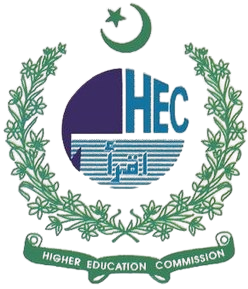DISTRIBUTIONAL MORPHOLOGICAL APPROACH TO CLIPPING IN ENGLISH AND URDU LANGUAGES
DOI:
https://doi.org/10.63878/jalt987Keywords:
Distributional Morphology, Syntax, Syntactic Computation, Linearization, Phonological form.Abstract
Language is a repository of words which are actually the building blocks of a language. Words are basically the smallest dealers-both verbal and written-of communication. Clipping is defined as the process whereby a lexeme, simplex or complex, is shortened while still retaining the same meaning and still being a member of the same class form. As to distributional morphology (DM), which is a linguistic theoretical framework that was introduced by Morris Halle and Alec Marantz in 1993 and proposes that the relationship between syntax and morphology is not a well-defined boundary (Bobaljik, 2017). More relevantly, Distributed Morphology posits that a single syntactic process underlies both multiplex words and phrases, which questions the traditional view that the lexicon is a separate entity to handle word formation and meaning. Although this idea continues to be widely used for the English language but similar efforts, in language like Urdu, are still to be done. This study is an analysis of clipping as a word formation process in English and Urdu languages according to the principles of distributional morphology. The data set of 30 items from dictionaries i.e. Oxford and Feroz-ul-Lughat were studied qualitatively using DM itself as theoretical framework to identify the major differences between the two languages. Unlike in English, Urdu does not have cognates of clipped forms which retain the original syntactic structure and lexical category and therefore cannot be used interchangeably. These results suggest that more studies are necessary in order to apply existing morphological theories in the study of the large scope unexplored morphological activity of both languages and provide a deeper understanding of how these processes function differently in different languages, shedding light on universal vs. languages-specific rules in morphology.
Downloads
Published
Issue
Section
License

This work is licensed under a Creative Commons Attribution-NonCommercial-NoDerivatives 4.0 International License.


